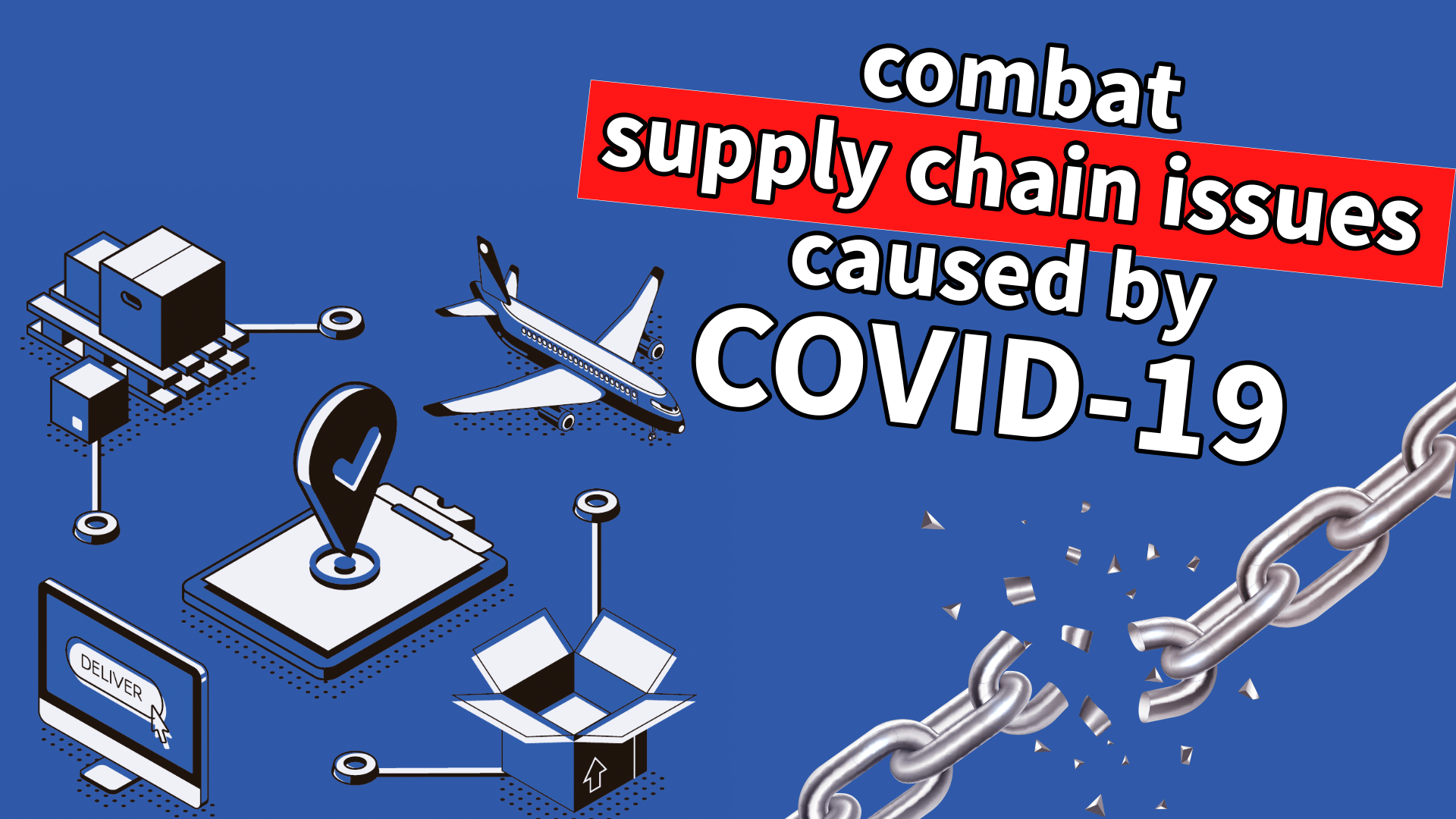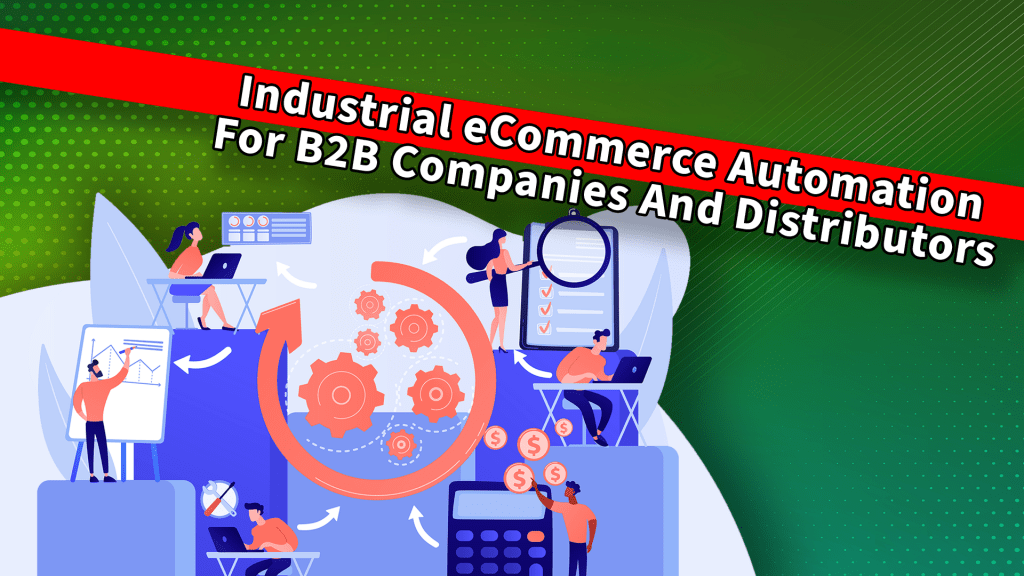When businesses start to gain an audience, they may find that thanks to the COVID-19 pandemic, they cannot get inventory easily. With high demand and sales increasing, they have trouble restocking with new products in their warehouses. Production has shut down in many factories and facilities; this is good for public safety but not for business. Everybody’s still shopping, but the conversion rates go down if you see that this stuff ships in 30 days.
Optimum7 has received many requests from customers about how to fix this issue. We hope to answer all of your questions.
Inventory Issues & The COVID-19 Outbreak
How are you managing these requests at Optimum7 How do you guide customers and deal with this issue?
When clients come with these issues, our marketers tell them, “You need to be 100% transparent with your customers.” If you have the lead times available given to you by the supplier, you need to have that displayed on your site.
Why?
If these individuals place an order and a month goes by without delivery, that makes your business look sad. Lead times are reputation elements that you need to have incorporated when you have delays with shipping or fulfillment.
These eCommerce platforms –Shopify, Volusion, Magento– also have gaps in their functionalities. The first gap is the order in which your products are displayed on category pages. With these hosted eCommerce platforms, you don’t have the ability to manually order the products that are within a category so that our in-stock items appear above our out of stock items.
Now you can sort your products based on in-stock items first, priority, bestsellers, and so forth. Even so, you have to sort all my categories in that manner. The systems lack the option to have one kind of sorting in one category and another kind of sorting in another category.
What you typically get out of the box is bestsellers, featured, sort cost, price low to high or high to low, or in some cases alphabetical, but I have not seen the inventory to display those products in stock first. Many customers say, “Well, I don’t want my customers coming to my store and seeing hundreds of out of stock items. One, it’s diluting the products that are actually in stock and from them getting to them, and two, it just makes for poor user experience.”
Why don’t we hide or delete out of stock items then?
Because removing or hiding the items will hurt them from an SEO standpoint. Google will crowd their category page and they’re seeing that their product offering just shrunk by 50, 75% in some cases. So now their visibility is declining.
How eCommerce Store Owners Can Combat Supply Chain Issues
There’s a way that we can enhance the user experience while maintaining our organic visibility. One functionality that does that is our ranking functionality. It allows the client to manually set a weighted priority to a specific product that will then order them on that page based off what that you have mainly in stock that you’re most likely going to have back in stock, to the ones that you might not get back in stock for the next couple of months. Sorting products that are in stock first and being able to do this on a per category basis on Shopify, Bigcommerce, Volusion, Magento and 3DCart will maximize CTR and conversions.
They can have different priorities for different categories. Let’s say you have a custom category and you want to define five items to show up on top, but another category you might be showing stock or bestsellers. No standard eCommerce platform that comes out of the box that allows you to rank categories in this manner.
The only capability that these eCommerce stores have is you can rank the product. However, that is on a product level. Therefore that product will rank, for example, number one, regardless of its category. You cannot assign this to a specific category for a particular product. In this situation, you don’t have to hide those products. You’re not going to dilute your category pages with out of stock products, because those are going to get pushed down.
Now, the other functionality that we highly recommend is to “Notify Me When Back In Stock”. These individuals that go to your site may in fact click on an item that’s out of stock, and now you now have a button that says, “Notify Me When Back In Stock”. The individual enters their email address and then they will get notified when that product gets back in stock. This is all set up to be automated, which is great.
However, you can actually go even further. If an individual says, “Notify Me When Back In Stock,” you now know what type of product that individual is looking for and therefore can nurture and re-target them with similar products that are actually in stock. So there are multiple benefits here from these functionalities.
There are standard eCommerce solutions with the status “Notify Me When In Stock,” but the email template is very weak. They just get one email with a handful of sentences and no follow-up. The marketers customize this template and make it a lot more engaging.
Most people don’t have integrations with their suppliers. This is the first step. You cannot manage out of stock items if you don’t integrate with your suppliers. You need to get the quantities and ETAs on when the products might be shipped. This is true if you are purchasing in bulk from your suppliers or if you’re drop-shipping.
Which is better? “Notify Me When Back In Stock” or pre-order? In what cases would you do a pre-order versus a notify me back in stock, and in what cases would you not do a pre-order?
The only time that you can do a pre-order is when you have an integration with your supplier with a precise lead time. If you’re unsure about the lead times and you’re getting that individual’s credit card, you’re going to have requests for refunds, stop payments and other multiple issues if you are not 100% transparent with your lead times, and if you’re not 100% informed from your supplier about what those lead times actually are.
With a pre-order, you’re authorizing the credit card. Whenever the quantity of that item goes above zero, we can change the status of the order automatically. The order comes back up through the queue and is ready to be processed. This is a more advanced integration for people usually doing over $5 million in revenue, and for people who have more than 500 skews. This is the type of thing that enables you to not be limited to your out of stock options.
Hiding is acceptable, but you’re never supposed to delete your out=of-stock products or out of stock categories or categories that you won’t carry anymore. Instead, redirect those to another product or mention a similar item. Amazon does a great job at this. If you see an older version, they’ll put the new version on there, using a canonical to that newer URL.
Now, why do you need to do this? Because it’s hard for you to rank for your products, rank for the keyword, and you don’t want to lose that once you have it. The canonicals redirect, and related product tags are the best ways to do this.
First, never delete. Number two, redirect the product links. Number three, have an integration with your supplier where you have the times. Number four is when you get these items back in stock and the quantity for any product goes from zero to a positive number, then you have to have that relationship automated otherwise it’s not going to work. Number five, encourage nurture for your out-of-stock items. Sending one email saying, “Hey, this item is now back in stock,” is not enough.
People are going to multiple sites to check quantities. This is especially true for B2B. An item might be in demand and nobody might have it. This is the difference between the “Notify Me If In Stock” and “Pre-Order”. Customers will choose the pre-order. They know they will get the product eventually. You’re going to grab the credit card and the customer.
That is why these functionalities are incredibly important. Let us know if we can help.





